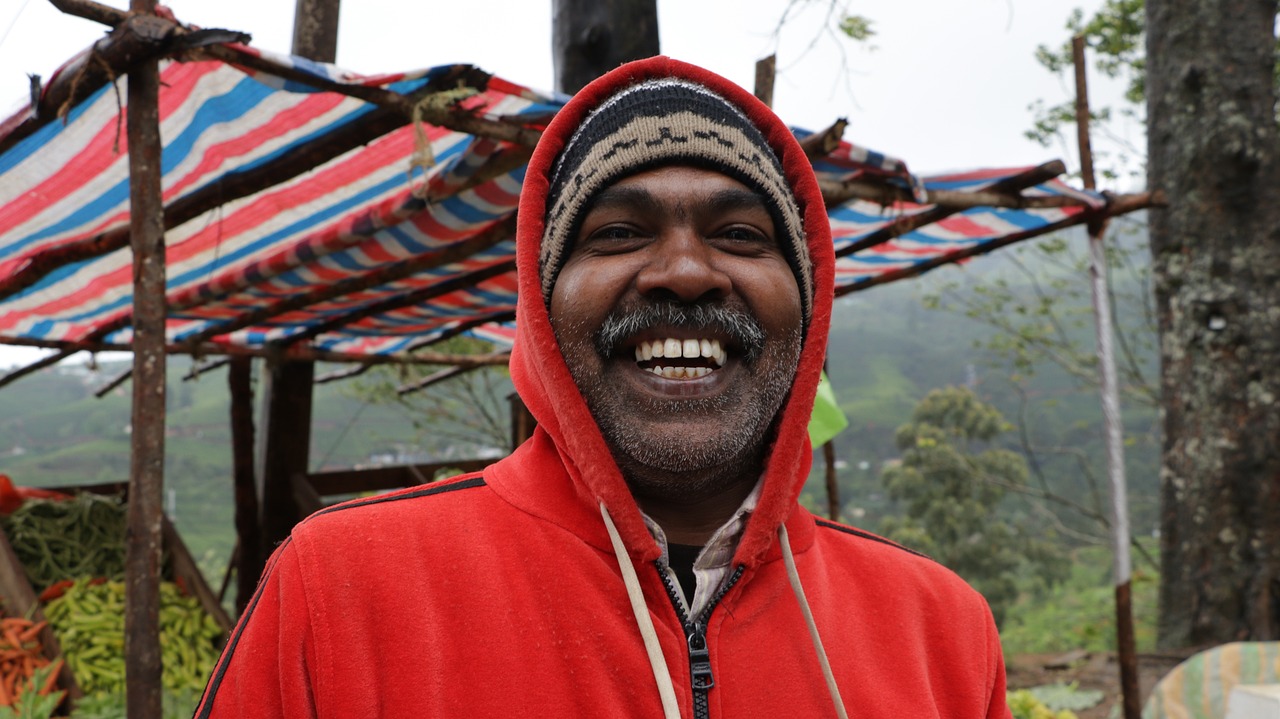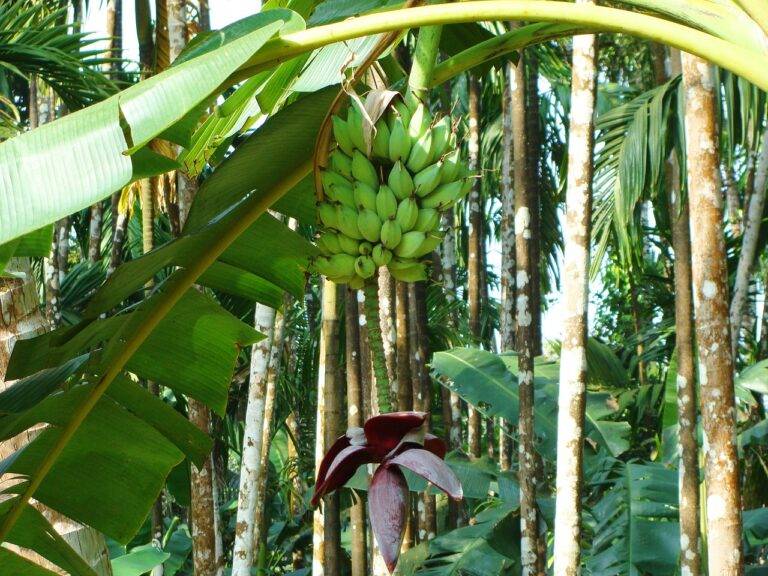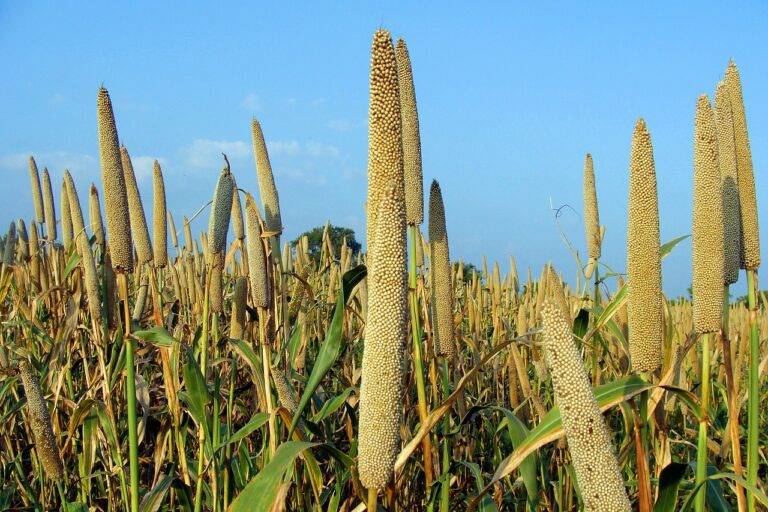Voter Turnout Among Indigenous Communities: Addressing Historical Disenfranchisement
Voter suppression in Indigenous communities has a long history rooted in colonization and systemic discrimination. Indigenous peoples have faced various barriers that have hindered their ability to exercise their right to vote. From the imposition of restrictive voter ID laws to the lack of polling stations in remote areas, Indigenous voters continue to encounter obstacles that limit their political participation.
Moreover, the disenfranchisement of Indigenous communities is perpetuated by cultural and language barriers that make it challenging for some individuals to navigate the voting process. Limited access to information in Indigenous languages and culturally insensitive voter registration practices further marginalize Indigenous voters. As a result, addressing voter suppression in Indigenous communities requires a multi-faceted approach that acknowledges and dismantles the systemic inequalities that hinder voter turnout.
Historical Factors Impacting Voter Turnout
Throughout history, Indigenous communities in the United States have faced numerous obstacles when it comes to participating in the electoral process. From discriminatory voting laws to forced assimilation policies, these factors have significantly impacted voter turnout among Indigenous peoples. The legacy of colonization and systemic oppression has created a deep-rooted distrust towards the government and electoral system, contributing to lower voter engagement within these communities.
Furthermore, the lack of access to polling locations and voter education campaigns has also played a role in inhibiting Indigenous voter turnout. Many tribal lands are located in remote and rural areas, making it difficult for community members to physically reach polling places. Additionally, the historical underfunding of voting infrastructure in Indigenous communities has led to a lack of resources for voter registration drives and outreach efforts, further disenfranchising Indigenous voters.
Current Barriers to Voting for Indigenous Peoples
Indigenous peoples face numerous challenges when it comes to exercising their right to vote. One prominent barrier is the lack of accessible polling locations in many Indigenous communities, making it difficult for individuals to physically reach a polling station on election day. This issue is further exacerbated by inadequate transportation options, leaving many Indigenous voters unable to cast their ballots due to the distances they have to travel.
Moreover, strict voter identification requirements put in place by some states can disenfranchise Indigenous peoples who may not possess the specific forms of ID required. This can disproportionately affect those living on reservations or in remote areas where obtaining such identification can be a complex and costly process. In addition, the historical distrust of government institutions among Indigenous communities can deter individuals from participating in the electoral process, further hindering their ability to have their voices heard through voting.





